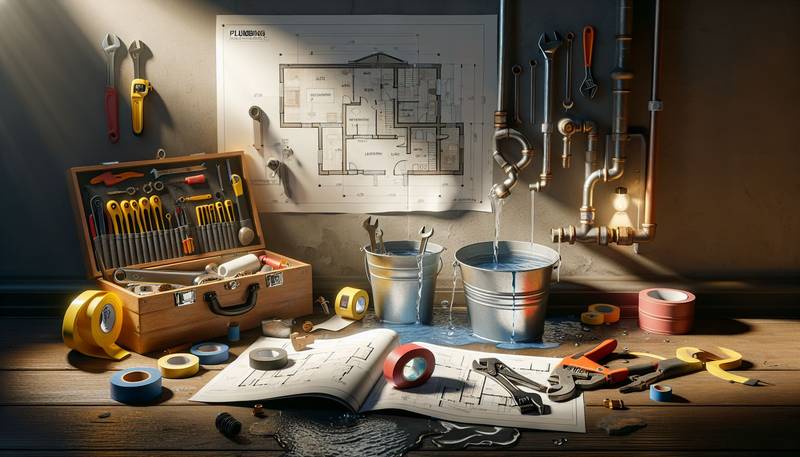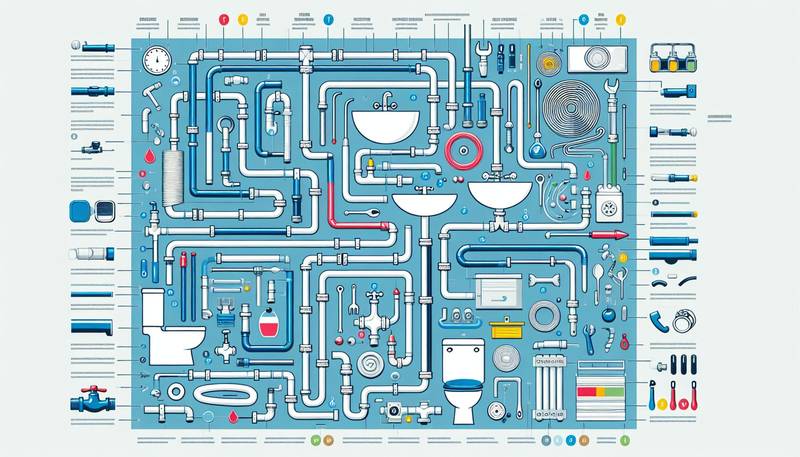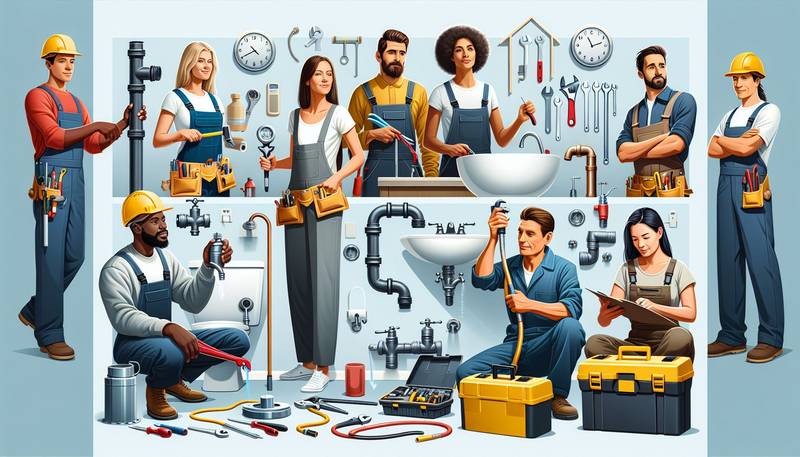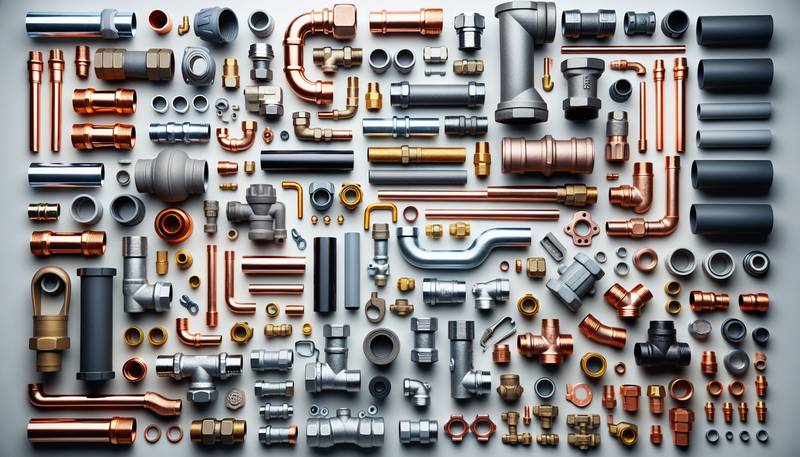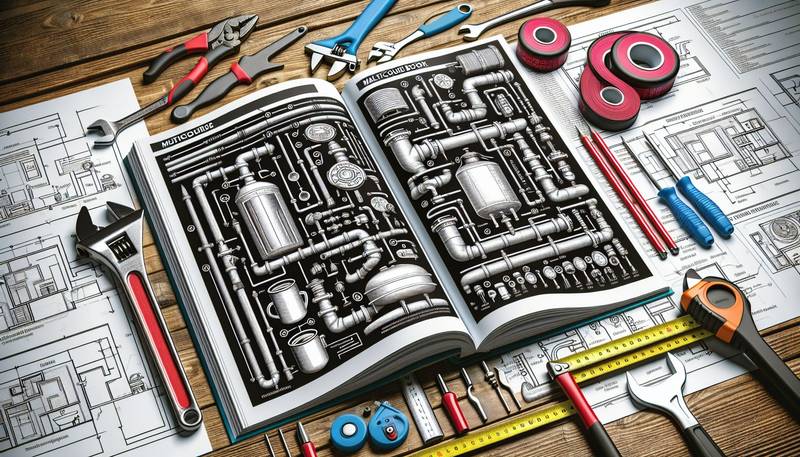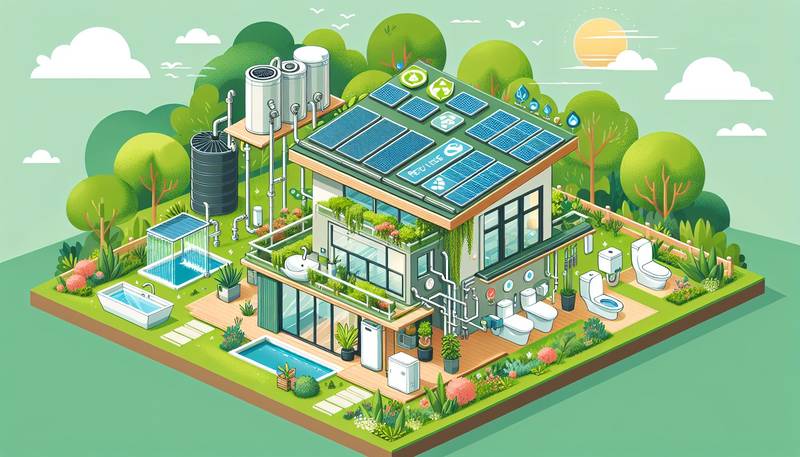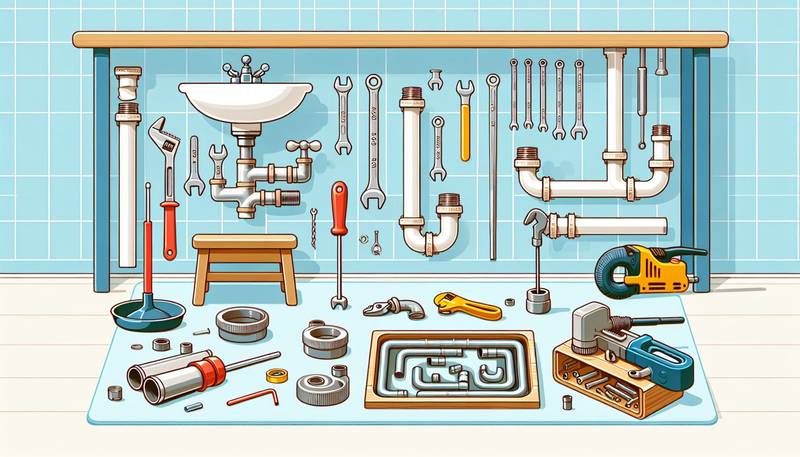Mastering the Art of Leak Repair: Tips for Every Homeowner
Mastering the art of leak repair can save you time, money, and stress in the long run. In this article, we will provide you with comprehensive tips for every homeowner to effectively tackle leak repairs, identify potential issues, and prevent future leaks from occurring.
Importance of Identifying the Leak
The first step in mastering the art of leak repair is accurately identifying the source of the problem. Leaks are often noticeable through visible water stains, dripping water, or musty odors signaling mold growth. However, some leaks may be concealed behind walls, ceilings, or under flooring, making them more challenging to pinpoint. In such instances, using a moisture meter, infrared camera, or professional plumbing services may be necessary to locate the exact source of the leak.
Essential Steps to Shut Off the Water
Once you have successfully identified the source of the leak, the next crucial step is to promptly shut off the water supply to the affected area. By turning off the water, you can prevent further damage, reduce water wastage, and create a safe environment to address the repair. Most homes feature shut-off valves near sinks, toilets, water heaters, and major appliances that control the water flow to specific areas. In the event you cannot locate the shut-off valve, turning off the main water supply to the house is necessary.
Exploring Repair Options
Repairing a leak effectively depends on various factors, including the type and severity of the leak. For minor leaks such as dripping faucets or small pipe cracks, utilizing plumber's tape, pipe clamps, or epoxy putty can provide temporary solutions until professional help is available. However, for significant leaks like burst pipes, damaged water heaters, or extensive plumbing issues, seeking immediate assistance from a licensed plumber is highly recommended to prevent further damage and ensure a proper, lasting repair.
Proactive Measures to Prevent Future Leaks
Prevention plays a vital role in minimizing the risk of future leaks and maintaining a healthy plumbing system within your home. Regular maintenance practices such as inspecting pipes for signs of corrosion, checking for leaky fittings, and replacing worn-out seals and gaskets can help prevent leaks from developing. Additionally, insulating exposed pipes in unheated areas of your home, such as basements, attics, or crawl spaces, can protect them from freezing during winter months and potentially causing leaks.
Conclusion: Prioritizing Leak Repair and Prevention
Mastering the art of leak repair is an essential skill for every homeowner to safeguard their property and maintain a functional plumbing system. By promptly identifying and repairing leaks, shutting off the water supply during emergencies, and implementing preventive measures, you can protect your home from water damage, mold growth, and costly repairs. Remember, when in doubt or faced with complex plumbing issues, seeking professional plumbing services is the best course of action to ensure the safety and integrity of your home's plumbing infrastructure. Stay proactive, stay vigilant, and stay leak-free!
